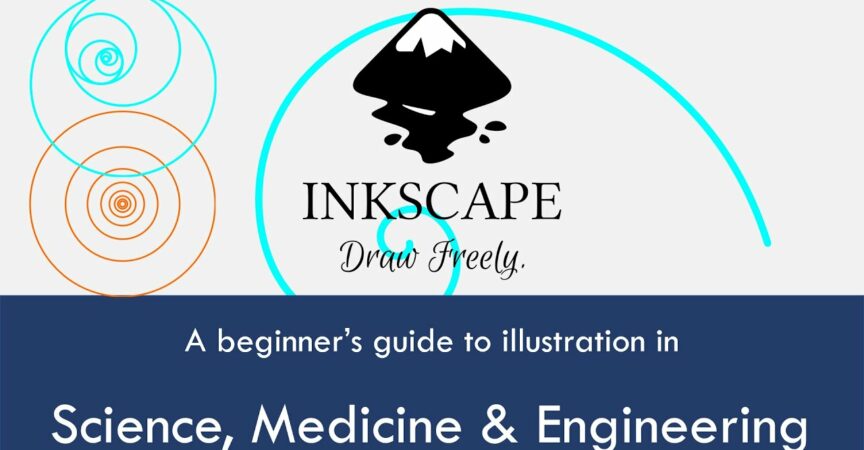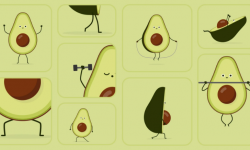Inkscape for Scientists and Engineers
Release date:2021, August
Author:Dr Aidan Wimshurst
Skill level:Beginner
Language:English
Exercise files:Yes
What you’ll learn
- How to download, install and setup Inkscape (click-by-click)
- How to create high-quality scientific diagrams for journal papers and PhD / Masters theses
- How to enhance line plots and contour plots created in Excel, MATLAB and Python
- How to optimize graphs for PhD / Masters theses and journal papers
- How to match the graph style in Inkscape to Word, PowerPoint and Latex documents
Requirements
None
Description
High quality graphs and scientific diagrams can make your academic papers, technical reports and thesis stand out and leave a greater impact on the reader. This course will teach you how to optimize your graphs and diagrams so that they fit perfectly into your document. Regardless of whether you are writing a technical report in Word or your PhD thesis in Latex, this course will provide you with the tools you need to make spectacular graphs and diagrams using Inkscape. These skills will be useful throughout your entire scientific career and will consistently elevate the quality of your documents.
This course is designed specifically for students and professionals in the science, engineering and mathematics fields, not graphic designers. Every action / click is recorded and you will be guided in a step-by-step manner from installing Inkscape to confidently creating high quality graphics for your documents.
The course starts by installing Inkscape and guiding you through the basic controls, so that you gain confidence with the programme. Next the course looks are interfacing Inkscape with specific programmes (Word, Latex, Python, MATLAB, Excel) so that you can freely move your graphs and images between your calculations and your documents. The majority of the course then demonstrates how to create high quality scientific diagrams and combine them with your graphs to create spectacular images. Line plots and contour plots are covered, along with special techniques for creating complex scientific diagrams.
Who this course is for
- PhD Students
- Masters Students
- Post-Doctoral Researchers / Lecturers
- Engineering, Science and Mathematics Professionals





 Channel
Channel





